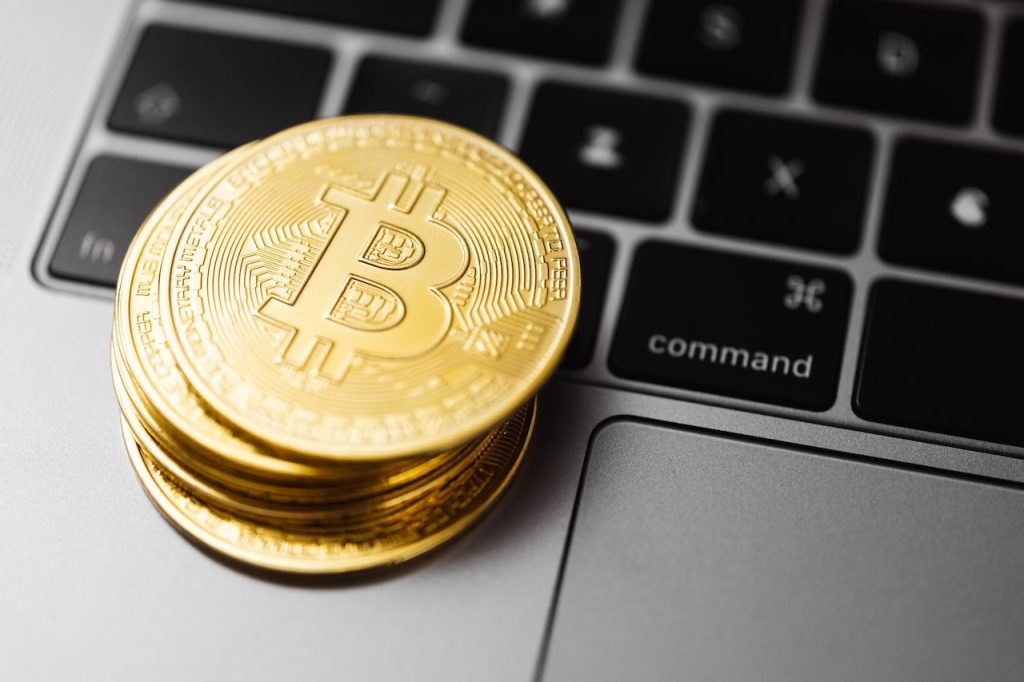
James Carter
What the Latest US Inflation Numbers Mean for the Bitcoin Price?

The latest US Consumer Price Index (CPI) inflation numbers just came out, and Bitcoin (BTC), which was up at the time to session highs in the $28,300s, seemed to like it.
US Inflation Numbers Mean for the Bitcoin Price
According to the most recent CPI report, headline inflation dropped to 4.9% YoY in April. This was the first time over two years that headline inflation was below 5%.
That was a little less than what most economists expected, which was a rate of 5.0% YoY.
Both the overall inflation rate and the core inflation rate came in at 0.4%, which was about what was expected. The year-over-year core inflation rate went from 5.6% in March to 5.5%, which was also about what was expected.
Even though the data showed that US price pressures are still well above the Fed’s 2.0% inflation target, the fact that they have been moving back towards this goal since the YoY CPI rate hit 9.1% last summer is seen as good news by the market. This is probably why Bitcoin’s price went up a little bit after the data came out.
Since then, Bitcoin has taken a sharp turn down, going from over $28,000 to under $27,000 in just a few minutes. This may be because the US government moved some of the Bitcoins it took from the Silk Road.
If the US government starts selling its BTC in large quantities, this could put a lot of short-term downward pressure on the price of Bitcoin.
The recent drops in the price of Bitcoin may have been caused by computers trying to beat a US government Bitcoin sale.
No More Fed Rate Hikes
Investors thought that the CPI data from Wednesday made it less likely that the Fed would raise interest rates by another 25 basis points at its policy meeting in June.
According to the CME’s Fed Watch Tool, the implied chances that the Fed will hold interest rates for the first time in eleven meetings next month are around 95%. This is up from less than 80% before the data was released.
The markets also put more money on how many times the Fed will cut interest rates by December 2023.
According to the CME’s Fed Watch Tool, the odds are close to 75% that the Fed will cut rates by at least 75 basis points (bps) from where they are now (from 5.0-5.25% to 4.25-4.5% or below) by December. This is up from around 55% before the latest CPI report.
Many economists think that the delayed effects of the Fed’s aggressive rate-hiking cycle in 2022 and early 2023, along with the new headwind of a contraction in lending as a regional bank crisis bubbles up, will have sent the US economy into recession in the second half of this year, and that the Fed will have to cut rates in response.

What Next for Bitcoin (BTC)?
The most recent figures from the US back up the idea that monetary policy will get easier in the near future.
Even though Bitcoin seems to have lost its short-term positive technical momentum, the next few days and weeks could be choppy as investors worry about a BRC-20-driven spike in transaction fees. However, the cryptocurrency’s long-term bull market thesis should stay intact.
Bitcoin tends to do better when monetary policy is less strict. In recent years, Bitcoin has had a strong positive association with US liquidity conditions.
Since the price of BTC/USD went up in mid-March, it looks like it has made a pennant that could break either up or down soon.
And since the cryptocurrency recently lost its grip on both its 21-Day and 50-Day Moving Averages, some technicians have been expecting a near-term retest of key support in the $25,000s.
But even if Bitcoin reached these levels, the rise that started in 2023 wouldn’t be in danger yet.
In fact, many people think that Bitcoin is at the start of a new bull market cycle. Several on-chain indicators and longer-term market cycle clues point in this direction.
Also, as long as the US bank problem keeps bubbling under the surface, it should keep people interested in “hard money” alternatives to fiat, such as Bitcoin and gold.
Latest
Bitcoin
09 May 2024
Bitcoin
19 Apr 2024
Bitcoin
16 Jan 2024
Bitcoin
31 Aug 2023
Bitcoin
24 Jun 2023
Bitcoin
24 Jun 2023













